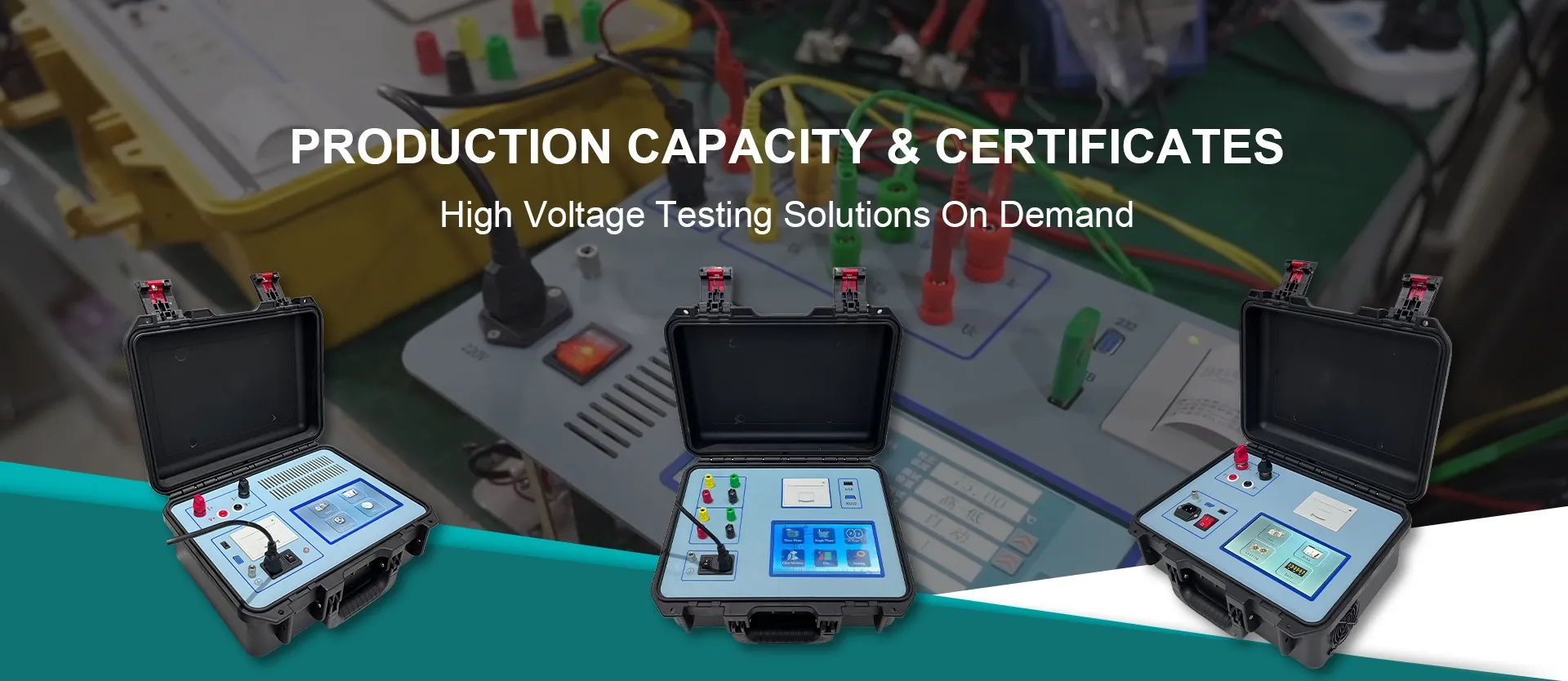 English
English



-
 Afrikaans
Afrikaans -
 Albanian
Albanian -
 Amharic
Amharic -
 Arabic
Arabic -
 Armenian
Armenian -
 Azerbaijani
Azerbaijani -
 Basque
Basque -
 Belarusian
Belarusian -
 Bengali
Bengali -
 Bosnian
Bosnian -
 Bulgarian
Bulgarian -
 Catalan
Catalan -
 Cebuano
Cebuano -
 China
China -
 China (Taiwan)
China (Taiwan) -
 Corsican
Corsican -
 Croatian
Croatian -
 Czech
Czech -
 Danish
Danish -
 Dutch
Dutch -
 English
English -
 Esperanto
Esperanto -
 Estonian
Estonian -
 Finnish
Finnish -
 French
French -
 Frisian
Frisian -
 Galician
Galician -
 Georgian
Georgian -
 German
German -
 Greek
Greek -
 Gujarati
Gujarati -
 Haitian Creole
Haitian Creole -
 hausa
hausa -
 hawaiian
hawaiian -
 Hebrew
Hebrew -
 Hindi
Hindi -
 Miao
Miao -
 Hungarian
Hungarian -
 Icelandic
Icelandic -
 igbo
igbo -
 Indonesian
Indonesian -
 irish
irish -
 Italian
Italian -
 Japanese
Japanese -
 Javanese
Javanese -
 Kannada
Kannada -
 kazakh
kazakh -
 Khmer
Khmer -
 Rwandese
Rwandese -
 Korean
Korean -
 Kurdish
Kurdish -
 Kyrgyz
Kyrgyz -
 Lao
Lao -
 Latin
Latin -
 Latvian
Latvian -
 Lithuanian
Lithuanian -
 Luxembourgish
Luxembourgish -
 Macedonian
Macedonian -
 Malgashi
Malgashi -
 Malay
Malay -
 Malayalam
Malayalam -
 Maltese
Maltese -
 Maori
Maori -
 Marathi
Marathi -
 Mongolian
Mongolian -
 Myanmar
Myanmar -
 Nepali
Nepali -
 Norwegian
Norwegian -
 Norwegian
Norwegian -
 Occitan
Occitan -
 Pashto
Pashto -
 Persian
Persian -
 Polish
Polish -
 Portuguese
Portuguese -
 Punjabi
Punjabi -
 Romanian
Romanian -
 Russian
Russian -
 Samoan
Samoan -
 Scottish Gaelic
Scottish Gaelic -
 Serbian
Serbian -
 Sesotho
Sesotho -
 Shona
Shona -
 Sindhi
Sindhi -
 Sinhala
Sinhala -
 Slovak
Slovak -
 Slovenian
Slovenian -
 Somali
Somali -
 Spanish
Spanish -
 Sundanese
Sundanese -
 Swahili
Swahili -
 Swedish
Swedish -
 Tagalog
Tagalog -
 Tajik
Tajik -
 Tamil
Tamil -
 Tatar
Tatar -
 Telugu
Telugu -
 Thai
Thai -
 Turkish
Turkish -
 Turkmen
Turkmen -
 Ukrainian
Ukrainian -
 Urdu
Urdu -
 Uighur
Uighur -
 Uzbek
Uzbek -
 Vietnamese
Vietnamese -
 Welsh
Welsh -
 Bantu
Bantu -
 Yiddish
Yiddish -
 Yoruba
Yoruba -
 Zulu
Zulu
secondary injection test current transformer
Understanding the Secondary Injection Test for Current Transformers
Current transformers (CTs) play a crucial role in power systems by transforming high currents into manageable levels for measurement and protection. Testing these devices ensures their reliability and accuracy, which are essential for safe and efficient electrical operations. One of the methods used for testing the performance and functionality of current transformers is the secondary injection test.
What is a Secondary Injection Test?
The secondary injection test is a method used to assess the behavior of a current transformer by injecting a known current into its secondary winding. This testing technique is particularly valuable because it allows for the evaluation of the CT's output without requiring high voltage or current from the primary side. By simulating real-world operating conditions, technicians can verify the accuracy and performance of the CT in a controlled environment.
The Procedure
The procedure for a secondary injection test typically involves several key steps
1. Preparation Before the test begins, ensure all safety protocols are in place. This includes proper isolation of the CT from the system and the use of appropriate personal protective equipment (PPE).
2. Configuration The testing apparatus is set up according to the specifications of the CT being tested. This may involve connecting the CT's secondary terminals to a testing device capable of generating a controlled output current.
3. Injection of Current A known current, often specified in the CT's rating (e.g., 5A or 1A), is injected into the secondary winding. The magnitude of the injected current can be varied to test the response of the CT at different levels.
4. Measurement As the current is injected, measurements are taken to record the output from the CT. Generally, this will include monitoring the voltage and current levels, along with the phase angle between them.
secondary injection test current transformer

5. Comparison and Analysis The results are then compared with the specified characteristics of the current transformer. This includes verifying the transformation ratio, accuracy class, and ensuring that the CT operates within its specified limits.
6. Documentation Comprehensive documentation of the test results is essential for future reference and quality assurance purposes. This includes detailed reports outlining the test conditions, methods used, and any observations during the testing process.
Advantages of Secondary Injection Testing
There are several benefits to using secondary injection testing for current transformers
- Safety Testing is performed without exposing personnel to high primary currents, reducing the risk of electrical hazards. - Flexibility Technicians can easily adjust test conditions to simulate various operational scenarios, allowing for comprehensive evaluation of the CT's performance.
- Accurate Diagnosis This method helps in identifying faults or inaccuracies in the current transformer, ensuring that any issues are addressed before they can lead to system failures.
- Cost-Effectiveness Secondary injection tests can be conducted quickly and efficiently, reducing downtime and maintenance costs linked to primary testing.
Conclusion
The secondary injection test is a fundamental practice for validating the operation and performance of current transformers. It offers a safe, flexible, and accurate means of ensuring these critical devices function correctly within electrical systems. As the demand for reliable power distribution continues to grow, the importance of robust testing methods like secondary injection becomes increasingly vital for both safety and efficiency in the energy sector.
-
Ensuring SF₆ Gas Safety: Introducing PUSH’s Integrated SF₆ Analyzer for Dew Point, Purity, and Decomposition MonitoringNewsJul.10,2025
-
Exploring the Main Types of Industrial Endoscopes and Their Applications Across IndustriesNewsJul.04,2025
-
Testing Equipment Industry Sees Major Advancements in 2025: Smart & Precision Technologies Lead the WayNewsJun.06,2025
-
Applications of Direct Current Generators in Renewable Energy SystemsNewsJun.05,2025
-
Hipot Tester Calibration and Accuracy GuidelinesNewsJun.05,2025
-
Digital Circuit Breaker Analyzer Features and BenefitsNewsJun.05,2025



